18 Mar A Pilgrim’s Travel Guide to Kedarnath Dham, India
I had never thought that I would embark on this journey so young in life. The truth is, I am still finding faith and I am not even sure what to feel when I go to most religious places in India. But I will be there someday. I planned the trip to Kedarnath Dham for my parents and extended family and I took the opportunity to accompany them. So I learned a lot.
I cannot give you too many details on the religious aspect of it, just yet. But I can help you with practical guides on how to reach Kedarnath Dham, the ways you can travel to the shrine, how to book transport, where to stay and more. It should get you a long way in planning your own trip.
I did have mixed feelings at a lot of places on the way. And while I don’t think I can refrain from adding my personal comments, I shall try to keep them as impartial as I can. Let’s start with the basics.
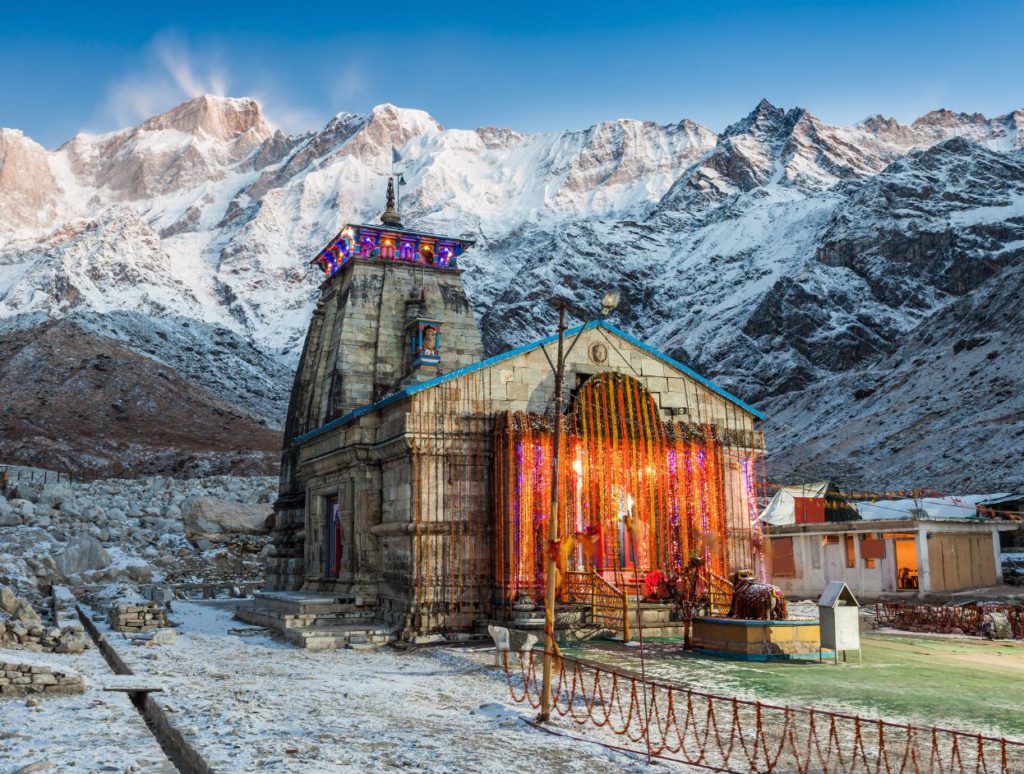
A Brief History of Kedarnath
Kedarnath is one of the four dhams of the north – Kedarnath, Badrinath, Gangotri and Yamunotri (the actual four dhams are Badrinath, Dwarka, Jagannath Puri and Rameshwaram). It is also one of the 12 jyotirlingas in India and the highest of all. Kedarnath is considered extremely holy and also very difficult to reach.
But the actual history of Kedarnath starts with Pandavas. It was after the war of Mahabharatha that the Pandavas along with Draupadi were looking for penance. It was a deep sin to kill your own kin and they were seeking forgiveness from Lord Shiva in the highlands of the Himalayas. They spotted Lord Shiva right where the Kedarnath shrine is today.
Lord Shiva was not ready to forgive them. So he disguised himself as a bull and buried himself in the ground so that he could not be identified. However, the Pandavas did identify him and Bhima tugged at his tail and hind legs. Lord Shiva was buried deeper into the earth and reappeared in five places – the hump in Kedarnath, the arms in Tunganath, the belly in Madhyamaheshwar, the face in Rudranath and the head in Kalpeshwar. These together make the Panch Kedar.
The Pandavas eventually built temples at all five of these places that freed them from their sins.
Planning to visit the Dhams? Here all you need to know to visit Badrinath
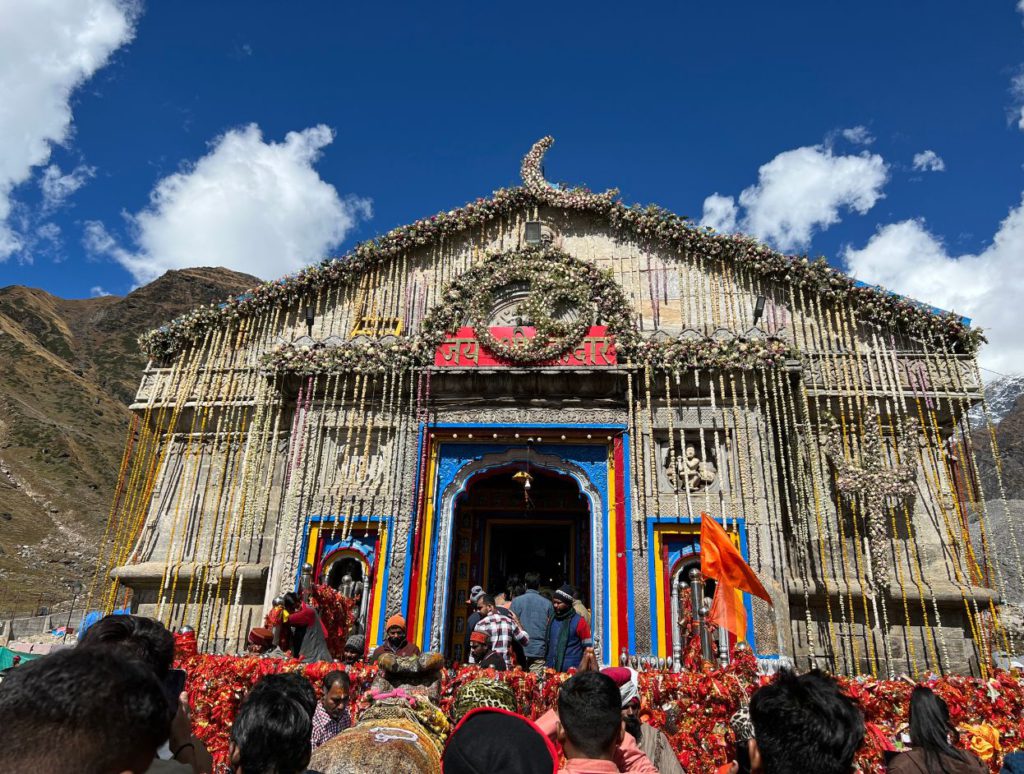
Where is Kedarnath Located?
Kedarnath is located in the deep interiors of Uttarakhand bordering Tibet. On one side, there are the mountains of Gangotri and the origin point of Ganga. On the other side, is the holy land of Badrinath. However to reach any of these locations you will have to take a long detour by road.
Sonaprayag, the last village before Kedarnath is 210km from Rishikesh by road and 246km from Dehradun. While it may not seem so far, it can take upto 10 hours to make the journey. Kedarnath is also located at a height of 11,755 ft and you cannot reach the main shrine by road or by vehicle. There are quite a few ways to reach the shrine. Refer to the ‘how to reach’ section below.
When is Kedarnath open for visitors
The opening and closing dates of Kedarnath vary every year since it is based on the Hindu calendar. As of now, the shrine is open from the first day of Vaishakh (April – May) and closes on the first day of Karthik (October – November). Usually, the day of Diwali marks the first day of the closure of the temple.
During winters, the temple as well as the area is covered in deep snow and goes into a slumber. The temple is not accessible anymore.
During the day, the temple is open from 4 am in the morning till 3 pm in the afternoon. It closes for lunch then and reopens again at 5 pm till 9 pm at night. The morning puja takes place between 4.00 am – 7.00 am and the evening puja between 6.00 pm – 7.30 pm.
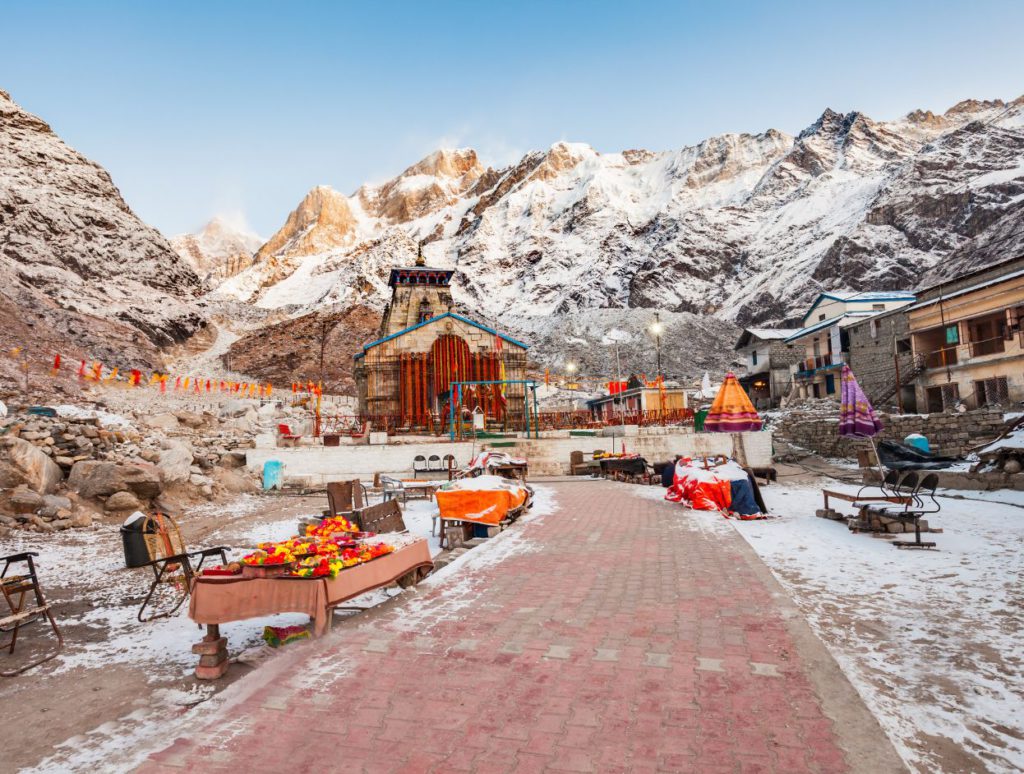
How to reach Kedarnath
To reach Kedarnath Dham, you first need to travel to Guptakashi. From there you can choose one of the many modes of transportation.
Reaching Guptakashi
There is no airport or railway station in or near Guptakashi. So the only way to reach is by road. The closest airport to Guptakashi is Jolly Grant Airport in Dehradun and the closest railway station is Yog Nagri Station at Rishikesh. If you cannot find a direct train to Rishikesh, Haridwar is a great alternative as well.
If you are travelling in a group, it is very convenient to book a vehicle for yourself. You can book a car/tempo traveller depending upon the number of people anywhere ranging from a 4-seater to a 17-seater.
Several tour operators run transportation services on this route and you can easily find them online. Make sure your negotiated cost includes the driver’s cost, parking and toll charges. The taxi rate for a 4-wheeler starts from ₹3,500 per day and that of a tempo traveller is ₹6,000 per day (as of 2022). This will vary depending on the vehicle and peak season time.
If you wish to take a public vehicle, you can take a bus from Rishikesh from the local bus stop. Continuous buses run from 6 am to 10 pm every day to most locations in Uttarakhand including Guptakashi and all the way to Gaurikhand. If you wish to book one online beforehand, head over to redbus.in or abhibus.com.
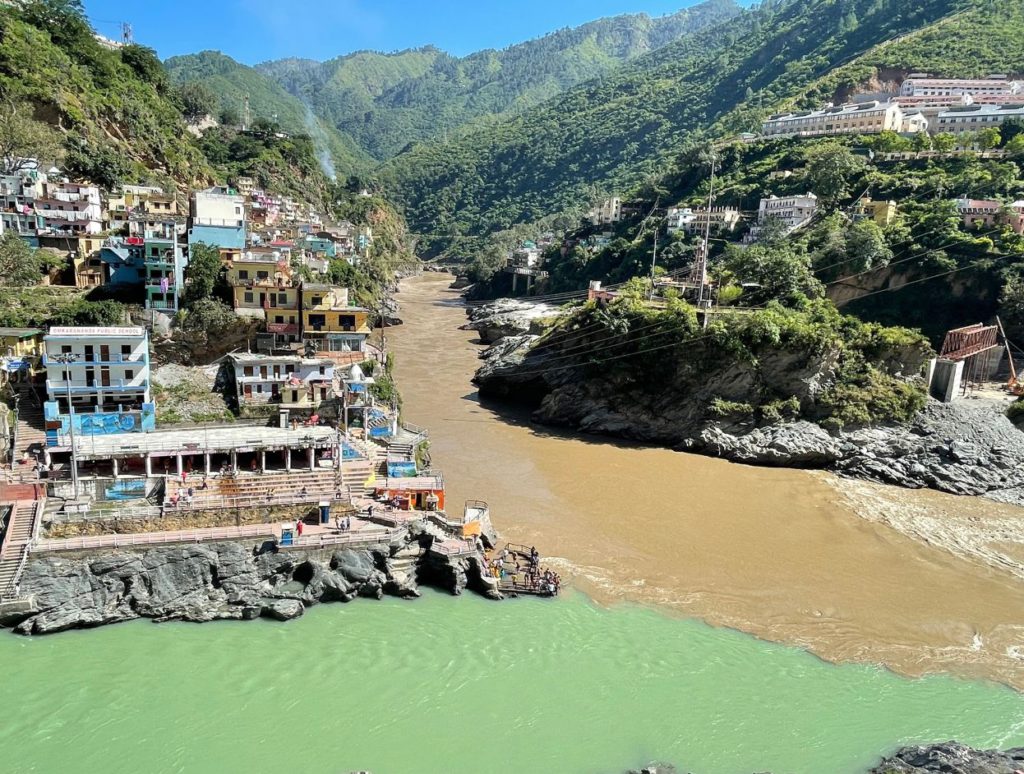
Guptakashi to Kedarnath
Once you reach Guptakashi, you can stay over for a night before you head to the next step of your journey. You can reach Kedarnath from Gupatakshi in the following ways:
1. By Trek
It is the most natural way of travelling to Kedarnath. In fact, a hard trek usually makes the essence of a pilgrimage. The trek starts at Gaurikund where you will find a manmade trail all the way to the top at Kedarnath. You can take a local shared jeep to travel to Gaurikund from Guptakashi or Sonaprayag for ₹30. The trail to the top is around 18km on foot.
The trail has been changed to what it was before the floods of 2013 and is safer and more convenient for pilgrims. This is the route that you would follow:
1. Start at Gaurikund (take a shared taxi from Sonaprayag)
2. Gaurikund to Jungle Chatti (6km)
3. Jungle Chatti to Bheembali (4km)
4. Bheembali to Linchauli (3km)
5. Linchauli to Kedarnath Base Camp (4km)
6. Kedarnath Base Camp to Kedarnath Temple (1km)
The trek is considered hard. Even for people used to physical activity. It gets tough as you climb up in altitude. Rain can halt all climbing activities if you are there during the monsoons. Many pilgrims find themselves returning halfway. Therefore, hope for a successful journey, and don’t take unnecessary risks in unfavourable conditions. Keep a spare day or two if you need to wait for the next day.
There are quite a few restaurants, tea stalls and guest houses on the way. Medical emergency help is also available but there are stretches with only wilderness. Pilgrims are only allowed to start their trek between 4 am and 1.30 pm. So you need to start super early. Or you can halt at one of the resthouses in the middle of the night if you plan to start late.
You will also need accommodations on top that you can pre-book. GMVN guesthouses are some of the most comfortable accommodations at the base camp. During peak season, it is very hard to find both transportation and accommodation, so make sure you have proper arrangements. It is not advisable to descend on the same day or trek on the trail after dark since the path is unlit at night.
If you wish to do this trek in a group with other people check out this trek by Thrillophilia. If you wish to travel on your own, check out this blog by taleof2backpackers who share their experience.
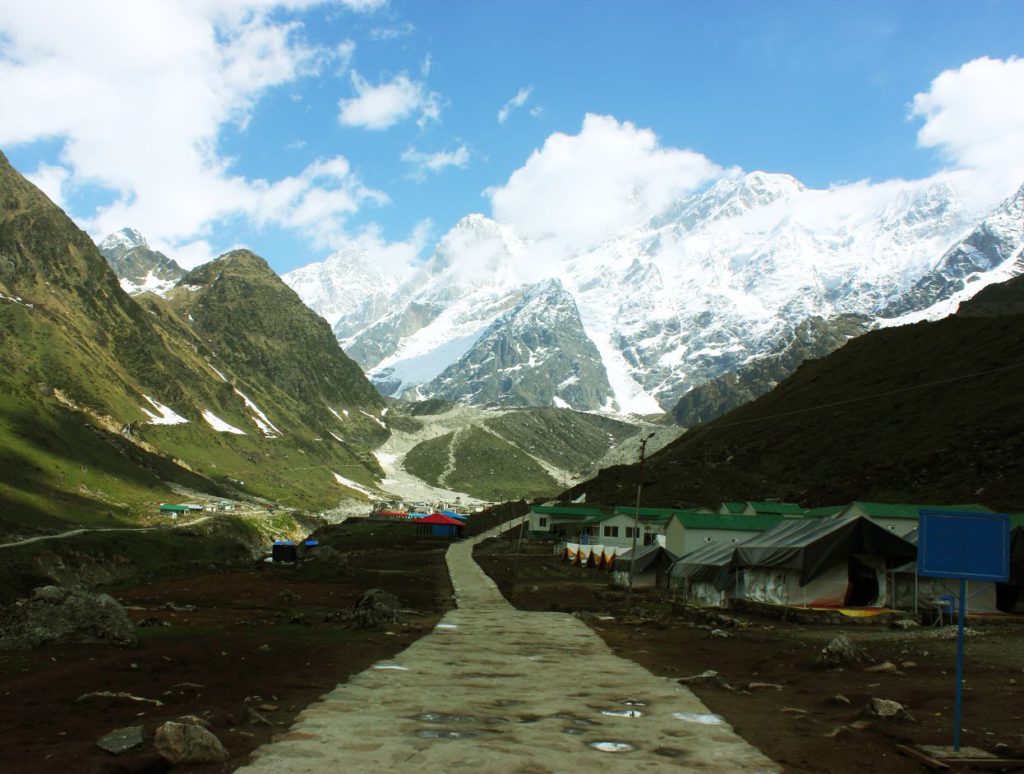
2. By Ponies or Palkis
This is just an alternative to travelling by the same trail as above. If you still wish to take the trail and are unsure of the time or physical capacity, you can opt to take a pony. Ponies are available at the booking counter at Gaurikund and you can take one to the camps on the way (as mentioned above) or all the way to Kedarnath.
A pony one-way would cost you ₹2500 to Kedarnath (in 2022) and less if you wish to hire one for a short stretch. But while the rates are fixed by the government, many do not follow this since the demand for ponies or palkis by the pilgrims is much higher.
In peak season, expect to pay between 2-5 times the stated price. You can refer to the standard price rates here. If you have kids with you, it is better to take ponies and ride with them since it will be hard to keep up with ponies on foot.
Palkies (carried by 4 men) are not available for all. Only the elderly and children can opt for palkis. If you are capable enough to walk, it is advisable that you look for other options. A third option is pitthu. It refers to the local men carrying a large basket with a seat on their backs.
They carry you on their back as they climb up. And while it may not be a favourable choice for many since it looks cruel, it is a desperate option with no alternatives. Make sure you tip them extra well.
3. By Helicopter
If you are confident that the trek is not for you, the best option is to take the helicopter. In recent years many private services in the area have started their operations. You can opt for any of them to book a helicopter from a base in Guptakashi to the helipad in Kedarnath.
Helicopter services are available from three different locations around Guptakashi operated by the following operators:
| Location | Operators | Round Trip Fare |
|---|---|---|
| Guptakashi | Arrow Aircraft Aryan Aviation | ₹7,750 |
| Phata | Pawan Hans Chipsan Aviation Thumby Aviation Pinnacle Air | ₹4,720 |
| Sersi | Arrow Aircraft Himalayan Heli Kestrel Aviation | ₹4,680 |
You can book a helicopter online where the booking usually starts one month in advance. However, it could be extremely hard to get a booking since it gets sold out the moment bookings open. You may be able to secure a booking at the GMVN office in Guptakashi but do not rely on it. Instead, try to find a local agent who can book on your behalf for some additional fees.
Reach your helipad well before time and register at the counter. It may take up to 2-3 hours for your turn from the time of registration. You will have to do the same process from Kedarnath while returning as well. So get an early slot from the base if you wish to return on the same day.
In case you are flying from the base later in the day, book a room at Kedarnath to return back the next day. Helicopter rides get cancelled often (one or both ways) and a subject to weather conditions. So keep your plan B in place.
You can also book a helicopter all the way from Dehradun as well. The cost for visiting just Kedarnath would be around ₹70,000 while if you add a visit to Badrinath, the cost would increase to around 1,25,000 per person. You will need to book via one of the private operators and there is no regulation on price control on this route yet.
Check out our blog article If you wish to read more on How to Book a Helicopter to Kedarnath
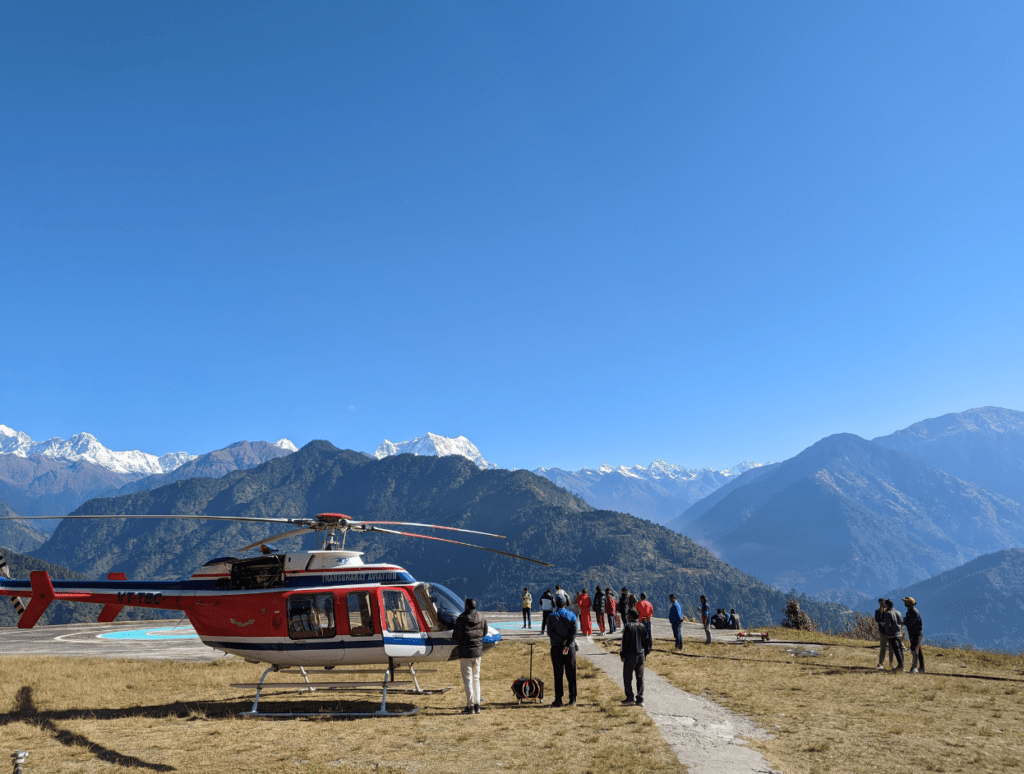
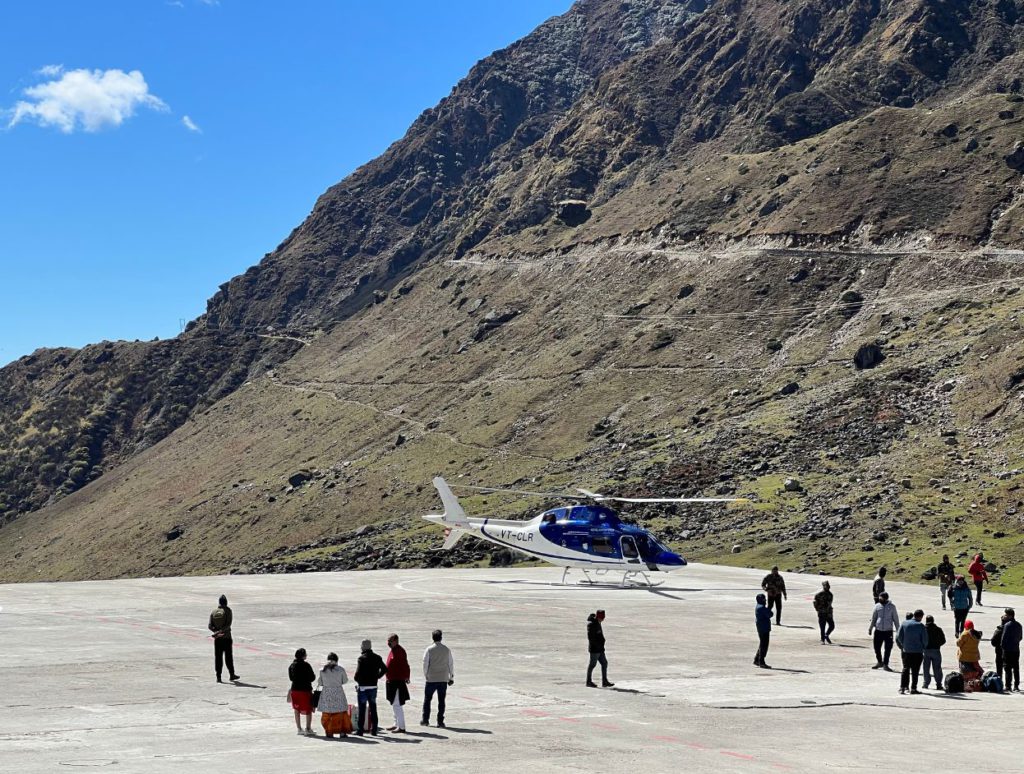
Yatra Registration for Kedarnath
After the flash floods of 2013, the local authorities have put in place a yatra registration system to keep the visitors to the Kedarnath Dham in check. Every person needs to register beforehand online before starting their journey.
If you are trekking your way to Kedarnath, you will need to show your yatra e-pass. Make sure you have it before you reach. In case you cannot, you can look for someone in the area who can do it for you at a cost (usually charge ₹50 but you can never say about the peak season).
You will definitely need this e-pass and registration to book a helicopter ticket online. As of 2022, you also need to upload your Covid-19 certificate while registering.
Register on the official website: https://registrationandtouristcare.uk.gov.in/signin.php
Where to stay during Kedarnath travel
In Guptakashi or Sonaprayag
You will probably need to spend a night or two in Guptakashi or Sonaprayag (if you are hiking) since this will be your base for your Kedarnath trip. No matter what transportation option you take, you will have to start and end at GuptaKashi.
You will find all kinds of hotels in Guptakashi – from budget to mid-range. But you probably won’t find super-luxurious ones in the area. While the price range of the hotels is comparable to other hill stations during regular months, the prices of the same rooms skyrocket during the peak season. So much so that we found some super-basic rooms (with no heating/geyser) for ₹3000 a night.
The hotels at Sonaprayag are quite basic but it is best to stay there if you are planning to start your trek the next morning.
Head over to Makymytip.com or Booking.com to find the best hotel options here.
During Trek
You will be able to find some accommodation in Gaurikund at the base of the trek. Expect them to be basic, but if you wish to be rested before or after your trek, they will do the job.
The next place where you will find accommodations is Linchauli (approx 6km before Kedarnath). If you are dead tired (or unwell), you can consider staying here. You can find GMVN guesthouses in Linchauli, Gaurikund and Sonaprayag. Other than that you may have to have to rely on yourself to find guesthouses as you go.
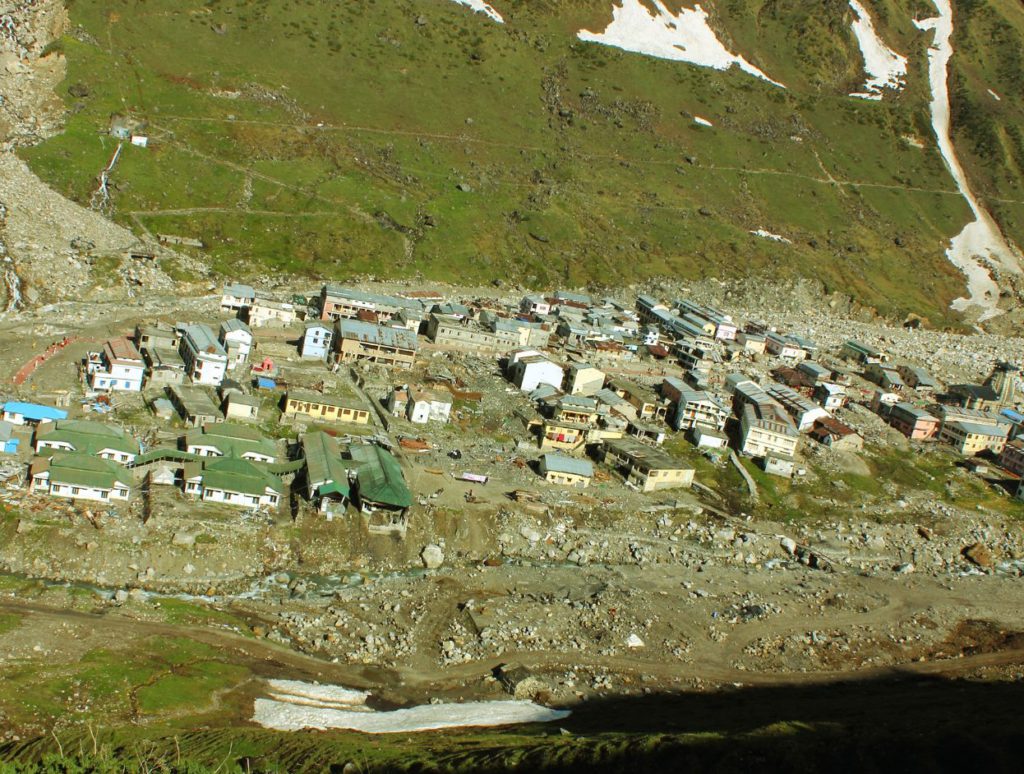
In Kedarnath
The last stop on the trek where you will find good accommodation is at Kedarnath Base Camp. This is 500m before the Kedarnath shrine. It is where you will find better places to stay. GMVN guest houses and cottages are popular options.
If you are travelling during the lean months, you may be able to find an empty room. But don’t count on it. It is always best to book one ahead of time. You can do this by calling a local agent at Guptakashi or book them on their official website.
Travelling to Kedarnath Dham
Reaching the Top
If you are trekking to Kedarnath, then you need to start your journey as early in the morning as possible. Aim to reach the base of the trail by 6 am so that you can comfortably reach the top by afternoon. Try not to start after 8 am, unless you plan to stay on the way for the night. You do not want to be on the trail after dark.
If you are travelling by helicopter, you need to reach their base at least 2 hours before the allotted time. Read your ticket instructions and follow them. The helicopter companies often overbook these helicopters and are happy to cancel your trip if you arrive anytime late. Some companies are more punctual than others. But you do not want to come so far and return.
You may have to wait a couple of hours before your turn. The helicopter ride is around 8mins from the base helipad and drops you at the top. From there you still need to walk around 500m – 1km to reach the Kedarnath shrine.
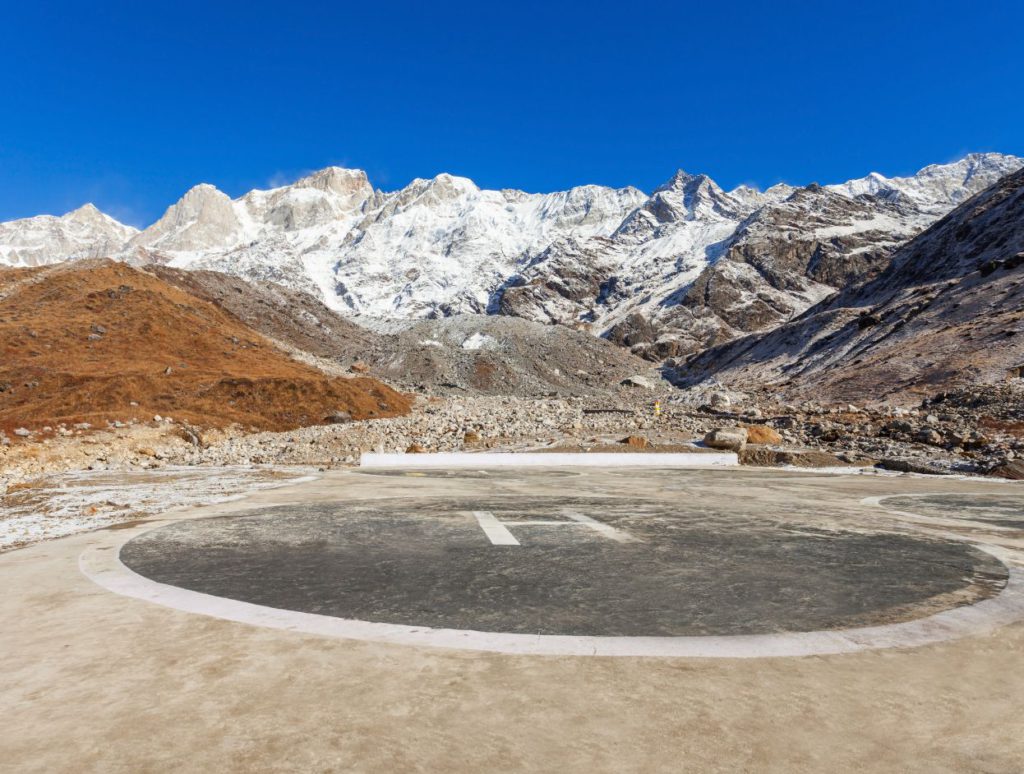
At Kedarnath
Once at Kedarnath, you can follow the signs in the area that will guide you towards the main shrine. If you are too old or not physically fit enough to walk this distance on your own, you can still hire a pitthu at the top. A slight lack of oxygen can get some people uncomfortable.
Try to join the line to the shrine as soon as you reach there. There is almost no control over the crowd at the shrine, so it can take several hours for your turn for the darshan. Several pilgrims return without even the darshan to catch their turn on the helicopter ride back before it closes.
The rush at the shrine is at its peak during the day. If you want to guarantee darshan, try and stay the night there. The rush decreases after 5 pm once the helicopter services stop for the day. It is also a divine experience to catch the aarti at night or early morning the next day.
Even if you do miss the main darshan, take some solace in the beautiful view. There is a statue of Adi Shankaracharya behind the main shrine. It is where he himself attained samadhi and is believed to be present in spirit. You should also find the magnanimous Bheemshila, the big rock that appeared during the 2013 floods and saved the shrine from damage. It is considered a holy miracle. Although there is no scarcity of miracles in this holy hand.
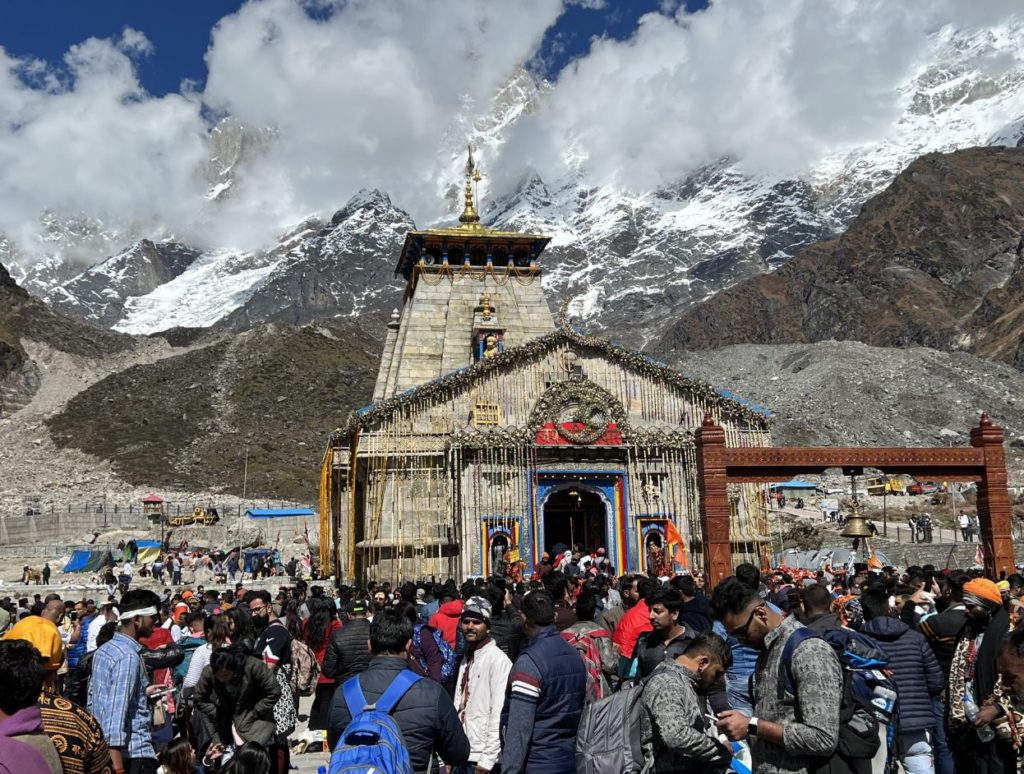
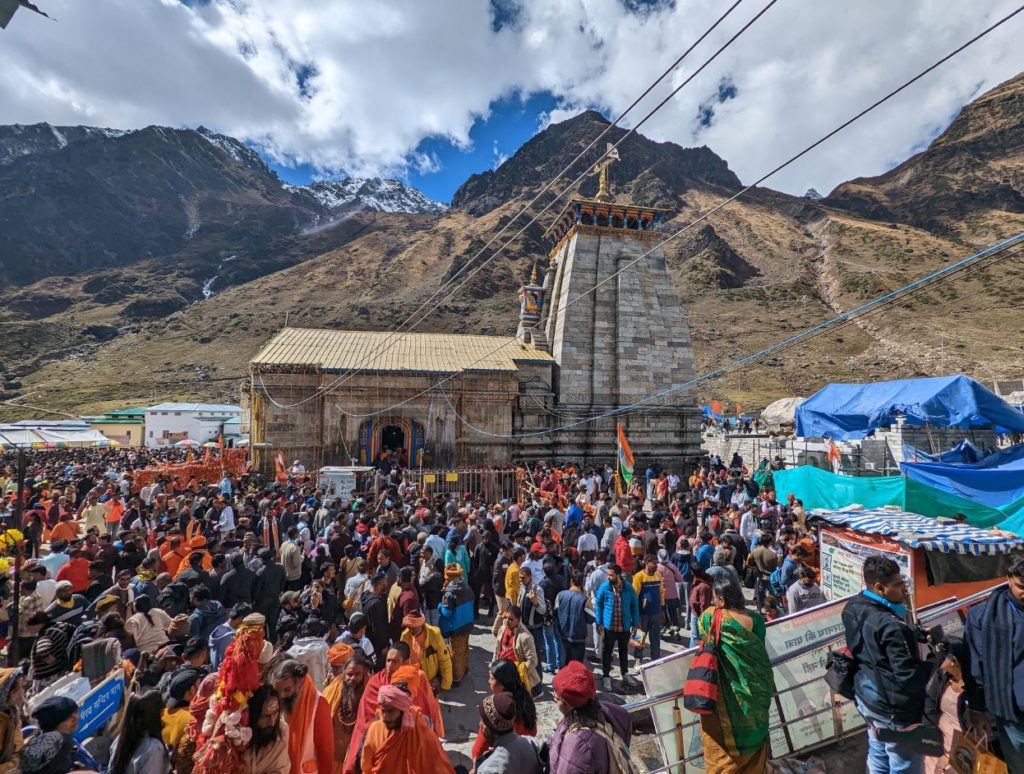
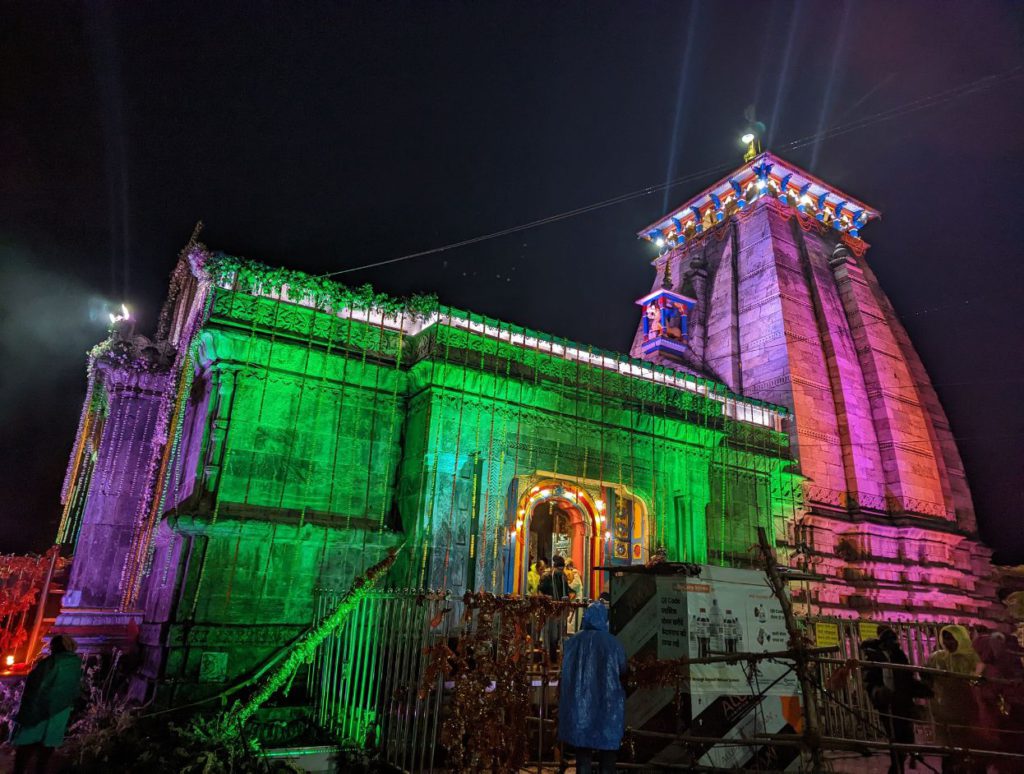
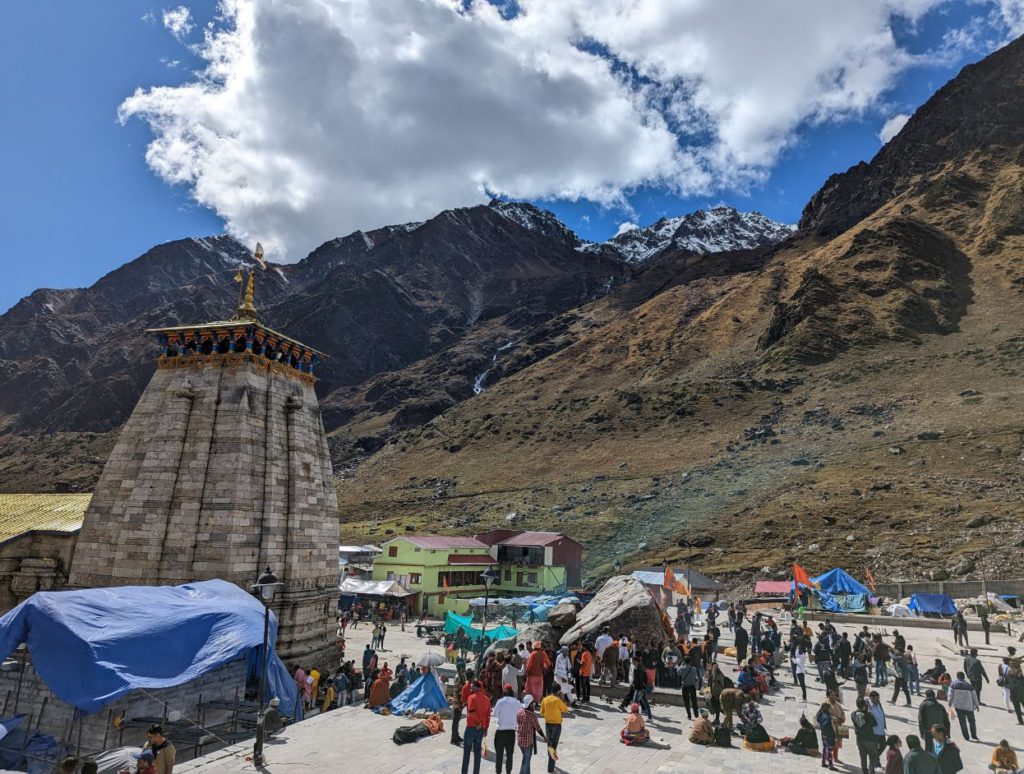
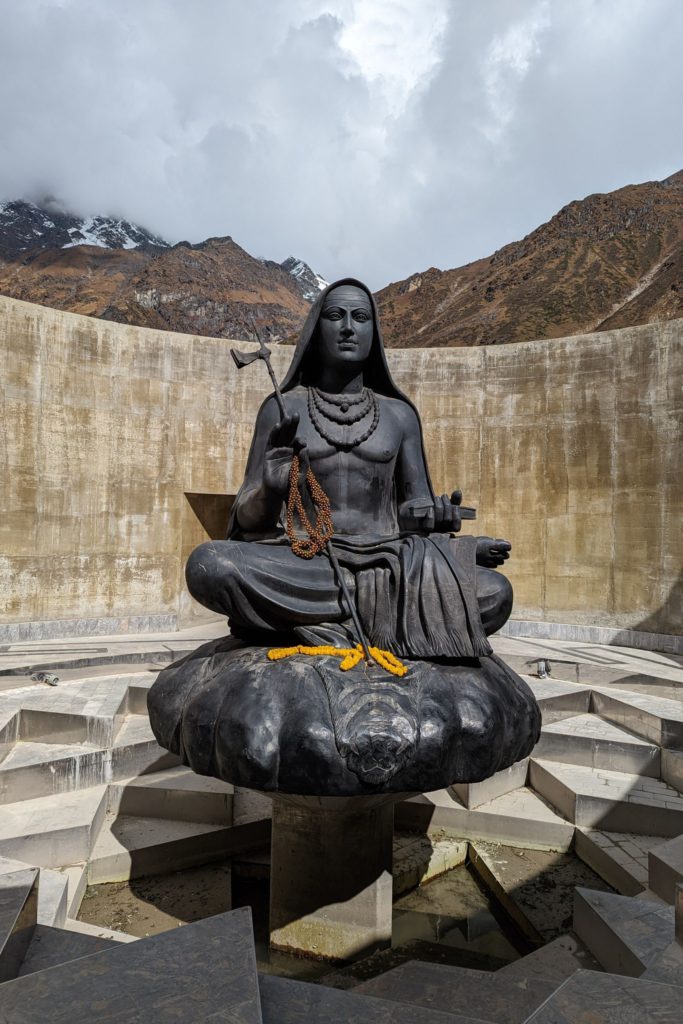
VIP Entry
You will find a few locals who can get you to enter the shrine for darshan via VIP/other routes. I don’t really know how it works, but it is possible. They do charge around ₹1100 per person for entry. But it is not always available.
Similarly, you can also opt for VIP entries on some days by paying around ₹2100. This shortens your waiting time by a lot, but these days the queues still tend to be long. VIP entry is not available when a VIP is around. So if you are travelling at the start or end of the season, these are usually occupied.
Returning from the top
If you are returning from the top, again try to start as early as possible. The way back is also long and treacherous but it will take you a little less to climb down. Definitely don’t descend after dark.
If you are returning by helicopter, you need to reach the helipad to register yourself. It may take between 1-2 hours before your turn to fly back and you can check out the surrounding areas during that time.
What to pack for the journey
Do not pack lightly for this journey. Take out the big guns and pack for the worst-case scenario. Although the temperature ranges, it is usually extremely cold at the top in Kedarnath. Pack for sub-zero temperatures, except maybe if you are travelling between July – August when it is slightly less cold.
The temperature drops suddenly after sunset. So pack if you need to spend the night at Kedarnath camp in case of any unforeseen circumstances. If you plan to trek, pack in layers so if its gets hot during mid-day, you can take your jackets off and trek with ease.
During the monsoons, not only pack a good rain jacket but a change of clothes since you do not want to keep wet in cold. Take warm shoes and thick socks with you.
You should be able to find food and basic amenities at the top, but you will not be able to find any store, everyday items or even cash on the way. So take cash with you.
What else to see? Check out our blogs on visiting Mana village and Auli for a relaxing holiday experience
Issues to Keep Note
As I said at the start of this post, I have mixed feelings about my journey. And while I do not want to scare you with my (personal) views, I think you should keep some points in mind.
1. Keep in mind that the number of pilgrims taking on this journey is a LOT. So expect the place to be crowded, everywhere! The hotels are booked, and the transportation – ponies, and helicopters are overbooked. The queues are long and facilities are limited. So if you are travelling with the elderly and children, be ready to compensate for discomfort with money.
2. On the ecological direction, the floods of 2013 are said to be the result of overpopulation, overdevelopment and overtourism. And while, the local authorities had tried to keep this in check in the later years, as of 2022 there are almost no control and no restrictions on activities. We will be back to square one soon.
3. The 7 Helicopter companies that operate the helicopters in this region often don’t follow regulations and safety standards as they should. The result was the helicopter crash in October’22. And you will not be surprised. The helicopters are booked 2-5 times their normal capacity. This means fewer rest times for both helicopters and pilots. Negligence is rampant. Some operators fare better than others, but no one guarantees a safe return.
4. All facilities on this route are extremely overpriced, especially during the peak season. I probably spent as much as I would spend on a week-long holiday abroad with no geyser hotels and rude drivers. If you are looking for a holiday, this is not the place. If you are looking as a pilgrim, accept it as it comes.
5. Only emergency and basic medical facilities are available in the area. So take as much precaution with the elderly and children. Keep your medicines with you and do not expect them to find here. In case of any emergency, you may need to be transferred using the helicopter that you will need to be self-funded.
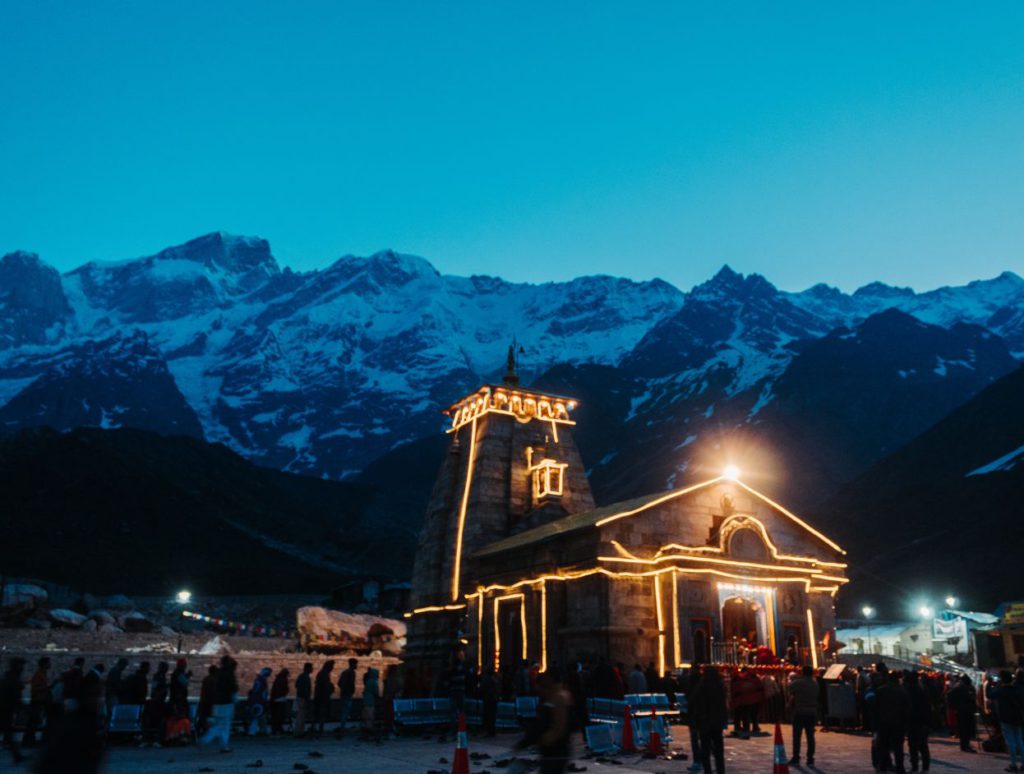






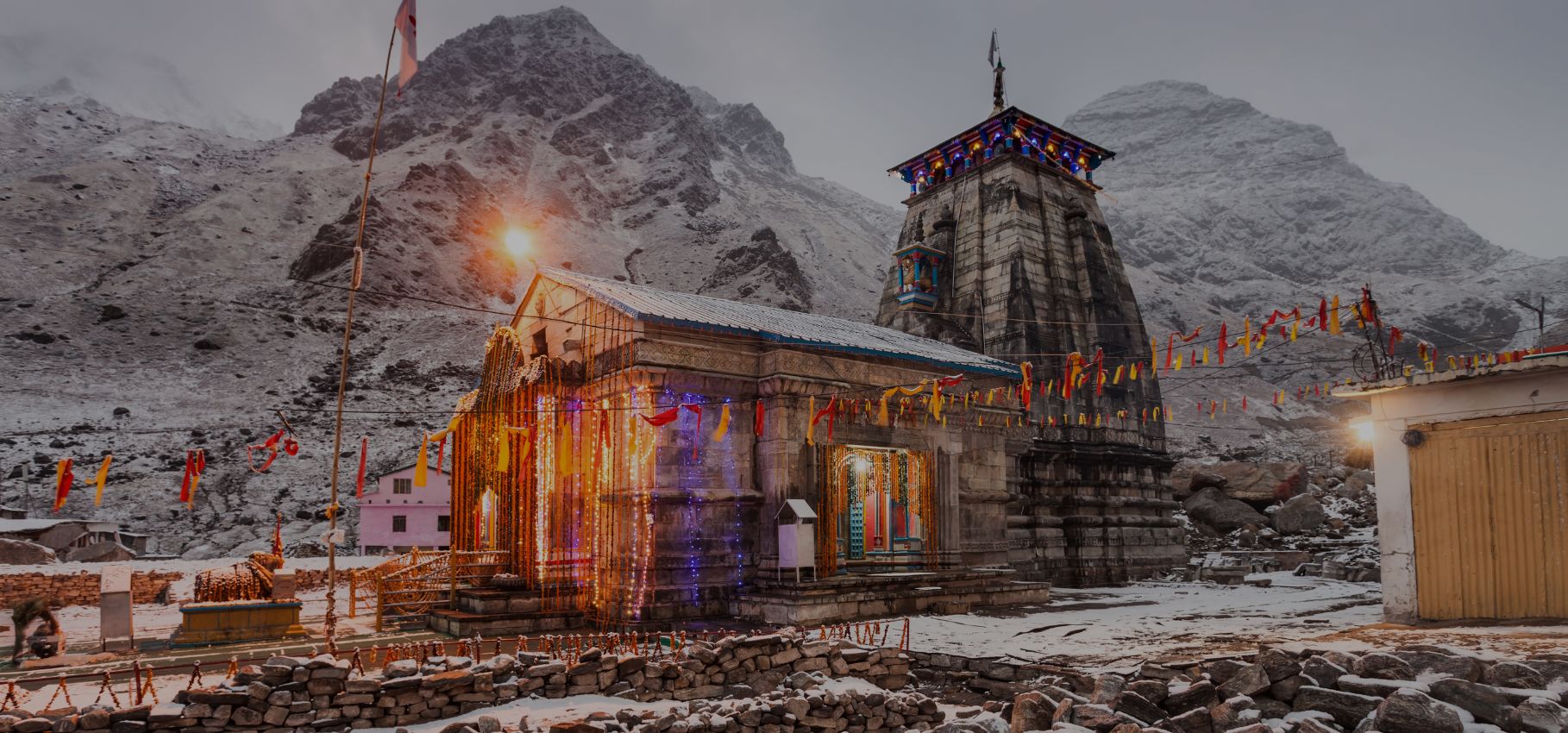
No Comments